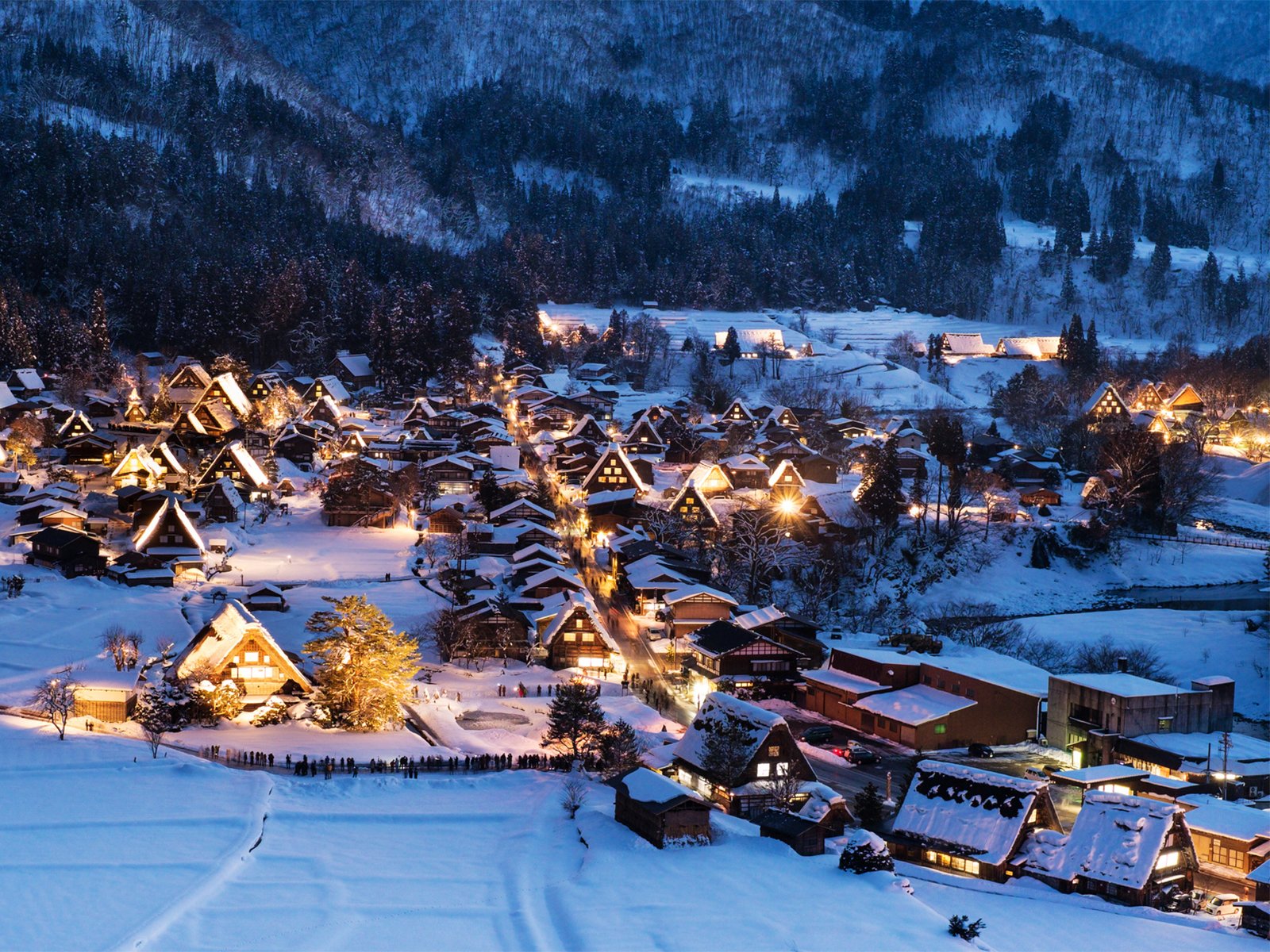It’s Time to Rethink Summer Vacation

The case against summer vacation in an age of extreme heat.
Cover photo: Spilled ice cream cone on a city street (2025). Photo by Latika Sarker and via Unsplash (color-corrected and cropped).
Intro
What do the United States, China, Germany, and Japan have in common? The world’s largest economies — along with many countries across the northern hemisphere — enjoy their longest vacations and school breaks over summer.
For millennia, summer has been a period of rest, but why should we reserve our longest breaks for the most dangerous and least enjoyable season? In a rapidly warming world, it’s time to rethink the tradition of summer vacation.
History
Due to agrarian rhythms, summer has long been a time of rest — spring is for planting and fall is for harvesting — but summer vacation was only formalized within the last 200 years or so. It’s actually a product of industrialization, when cities simply became too hot for workers and students to be productive.
In an era before air conditioning, summer vacation became a practical adaptation, but one that no longer makes sense now that indoor environments can be better regulated while outdoor temperatures grow ever more extreme.
Danger
Long-associated with beach days, children’s camps, and music festivals, summer is becoming increasingly dangerous. The past ten years have been the hottest in recorded history, contributing to a rise of heat-related deaths.
According to a Lancet study, there were around 489,000 annual heat-related deaths between the years 2000 and 2019, 45% of which occurred in Asia and 36% in Europe. Across Europe, heat-related deaths have increased by 30 percent over the past 20 years. The Acropolis in Greece shut down in July of 2023 amid a major heatwave.
More and more health experts are warning people to limit their time outside, while governments and private organizations are reconsidering the effects on public health. Rising temperatures have caused many events to be postponed or canceled. Recently, organizers rescheduled the annual “Rock in Japan Festival” from August to September, citing extreme heat and climate change.
Education
Many education specialists have warned that lengthy summer vacations are detrimental to students, especially those from less wealthy families. Florida teacher Laurie Futterman writes, “many children struggle to access not only educational opportunities, but basic needs like healthy meals and adequate adult supervision.”
Yang Der-yuan (楊德源), professor at the National Kaohsiung First University of Science and Technology, notes, “The long summer break also works against young people and could be instrumental in widening the gap between the rich and poor.” Wealthy students simply have more access to summer trips, tutoring, and internships than their counterparts.
Alternative
Many people cannot afford travel to cooler environments or even basic air-conditioning. Instead of sending people home to endure summer heat, schools and workplaces should remain open as safe, climate-controlled spaces. Vacation time could shift to spring and fall, when outdoor conditions are more safe and enjoyable.
Benefits
Longer spring and fall vacations would allow more people to enjoy the outdoors safely. Imagine admiring cherry blossoms in spring or hiking in the autumn air, instead of being stuck indoors during record-breaking heatwaves.
Replacing one long summer vacation with two extended breaks in spring and fall would give people more flexibility for travel, lessening tourist crowding and resource strain. This change would also lessen the annual burden on emergency services. Shorter breaks also require less catch-up time for students and teachers, and smoother transitions between terms.
Challenges
The biggest obstacle to working through summer is infrastructure. Many schools and workplaces are still underequipped for extreme heat. It’s also important to remember that elderly people are especially vulnerable, necessitating the establishment of public cooling centers.
Culture is another challenge. “Entire industries are around summer breaks — think about teen employment, summer camps, vacations, back-to-school sales, everything is there,” says James Pederson, a school superintendent and author of Summer Versus School (2015).
Conclusion
Once a practical necessity, summer vacation has become an outdated tradition — one that leaves millions vulnerable to extreme heat. By shifting longer breaks to the more temperate seasons of spring and fall, we can offer safer, healthier, and more equitable opportunities for rest, education, and travel. Changing society’s calendar is a massive undertaking, but it’s hard to negotiate against nature.





